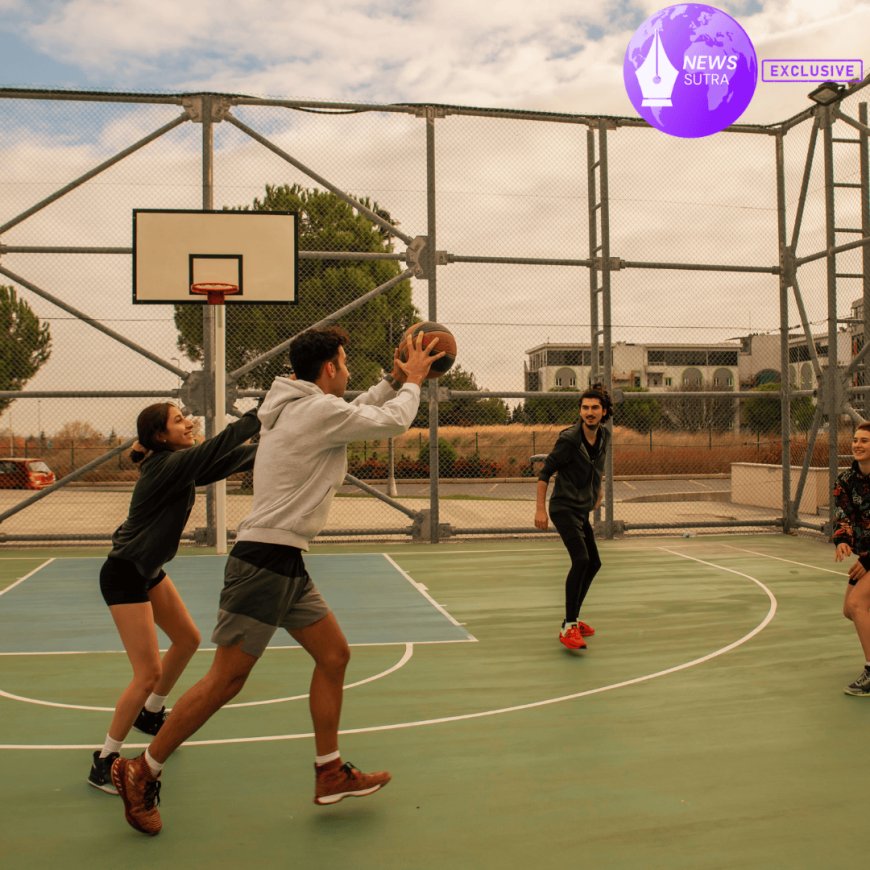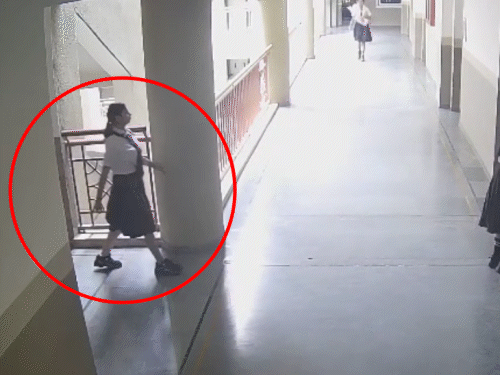The Billion-Dollar Transformation of American College Sports in 2025: NIL Deals Redefine the Game
American college sports are being transformed by billion-dollar NIL deals in 2025. Explore the cultural, economic, and recruiting impact of this historic shift.

American college sports are undergoing one of the most dramatic shifts in their history. In 2025, the landscape looks nothing like it did just a few years ago. What began as incremental policy changes surrounding Name, Image, and Likeness (NIL) rights has evolved into a multi-billion-dollar ecosystem, reshaping not only the finances of student-athletes but also the very culture of collegiate athletics.
This transformation is more than just about money. It is redefining how athletes choose schools, how fans engage with their teams, and how universities balance education with an increasingly commercialized sports environment.
From Scholarships to Salaries: The Rise of NIL Deals
For decades, the NCAA maintained a firm grip on amateurism, preventing student-athletes from profiting directly from their talent. That wall came crashing down in 2021 when NIL rights were first introduced. At the time, skeptics predicted chaos. But in 2025, NIL is not only normalized—it has become central to the recruiting process.
High-profile athletes now sign endorsement deals worth millions, with major corporations, tech firms, and even cryptocurrency brands joining the fray. According to the Sports Business Journal, NIL deals in the U.S. are projected to surpass $1.2 billion this year, up nearly 40% from 2024.
At the same time, the reach of NIL has extended far beyond basketball and football. Gymnasts, swimmers, track athletes, and even esports competitors are finding opportunities to monetize their personal brands. Social media has become a powerful equalizer, allowing athletes with strong online followings to land deals regardless of their sport’s traditional visibility.
The Cultural Impact: Shifting Priorities on Campus
The money flowing into college sports is having profound cultural consequences. Universities are adapting quickly, building entire departments devoted to athlete brand management, marketing, and financial advising.
Athletes, once viewed primarily as students, are now business figures in their own right. The lines between amateurism and professionalism have blurred, sparking debates among educators, alumni, and fans.
Some critics argue that the pursuit of lucrative contracts could distract from academics and alter locker room dynamics, where teammates may earn vastly different sums. Others, however, see NIL as long-overdue recognition of the immense value athletes bring to their schools.
Recruiting Wars: The New Economy of Promises
Recruiting in 2025 is no longer just about facilities, coaching staff, or tradition. It’s also about NIL packages. Universities in competitive conferences are effectively offering athletes a combination of scholarships, training, and structured marketing partnerships.
For example, a highly ranked quarterback might weigh whether a smaller program offering guaranteed brand deals outweighs the prestige of a powerhouse program with less immediate NIL opportunity.
This dynamic is creating a power shift in college sports, giving emerging programs new leverage to compete with traditional giants. Smaller schools are building creative NIL partnerships with local businesses, while powerhouse schools are tying up with multinational sponsors.
Economic Ripple Effects
The economic impact of NIL extends well beyond athletes and schools. Local economies benefit from student-athletes promoting hometown businesses, while national brands are leveraging college athletes for authentic, grassroots marketing campaigns.
Sports marketing agencies have entered the scene aggressively, representing athletes at increasingly younger ages. Some high school prospects now arrive on college campuses with established representation and pre-negotiated contracts.
Universities are also reaping indirect benefits. Schools with star athletes signing major NIL deals are seeing spikes in merchandise sales, enrollment interest, and alumni donations. The infusion of money, however, raises uncomfortable questions: How much of this wealth is trickling back into academics, and how much is reinforcing the commercialization of higher education?
The Debate Over Equity and Regulation
One of the thorniest issues surrounding NIL is equity. While high-profile athletes dominate headlines, many others struggle to secure meaningful deals. Women athletes have found unique success in leveraging digital platforms, often outperforming male counterparts in social engagement. Still, the disparity across sports remains stark.
Regulation, too, is a pressing concern. State-by-state NIL laws vary widely, and federal legislation is still lagging. Without consistent oversight, questions remain about transparency, fairness, and the potential for exploitation.
The NCAA’s official NIL guidelines attempt to provide a framework, but critics argue that the patchwork of rules continues to create confusion for athletes and schools alike. Some advocates push for revenue-sharing models that would distribute NIL profits more evenly, while others insist athletes should have the freedom to negotiate their own market value.
Looking Ahead: The Next Chapter of College Sports
As 2025 unfolds, it’s clear that NIL has permanently altered the DNA of college sports. The future could see even deeper integration of technology, with athletes using AI-driven analytics to boost their personal brands, or blockchain contracts ensuring transparency in deal structures.
But the deeper question is whether the soul of college sports can survive this commercialization. Will the roar of the crowd still be about school pride, or will it slowly shift toward the spectacle of individual stardom?
What is certain is that the billion-dollar transformation of college athletics has only just begun. The decisions made in the coming years—by athletes, universities, regulators, and fans—will determine whether this era is remembered as the golden age of opportunity or the moment when college sports lost its identity.
What's Your Reaction?
 Like
0
Like
0
 Dislike
0
Dislike
0
 Love
0
Love
0
 Funny
0
Funny
0
 Angry
0
Angry
0
 Sad
0
Sad
0
 Wow
0
Wow
0







































































